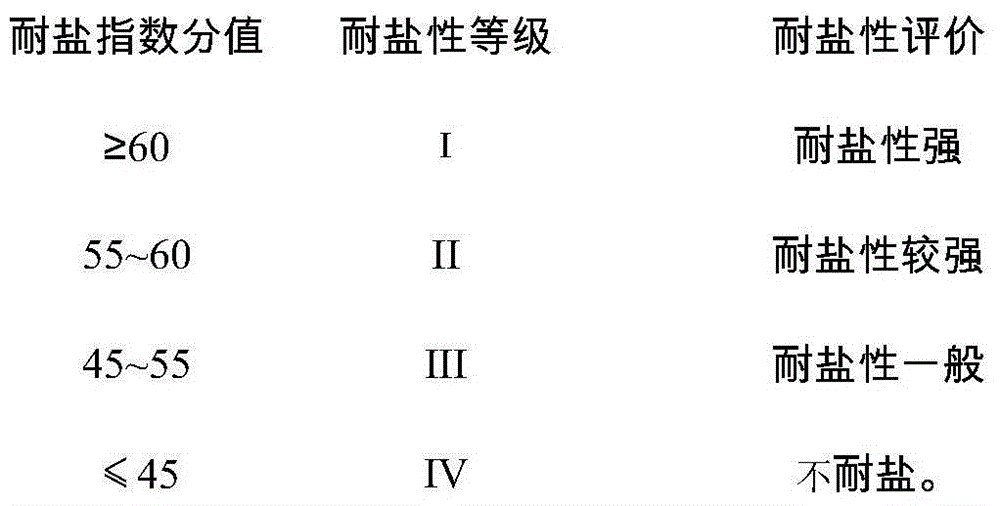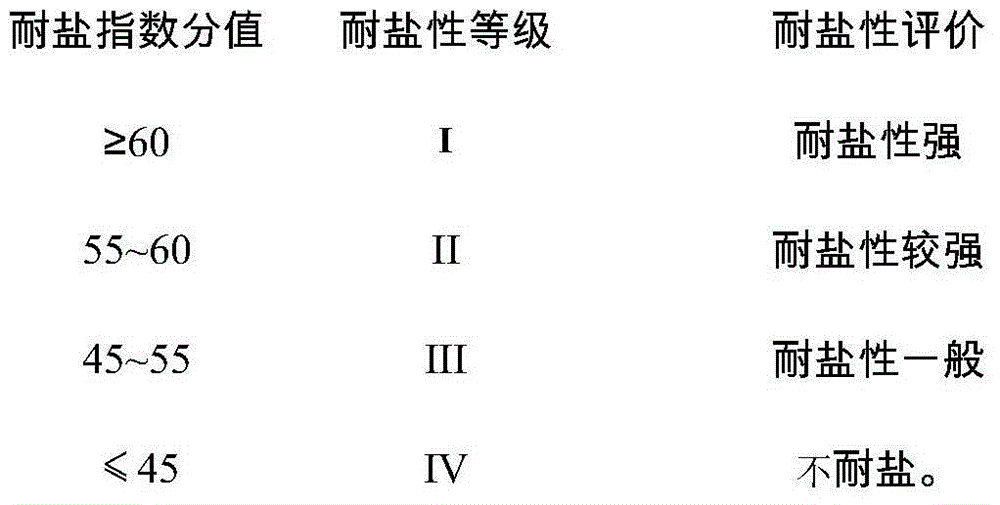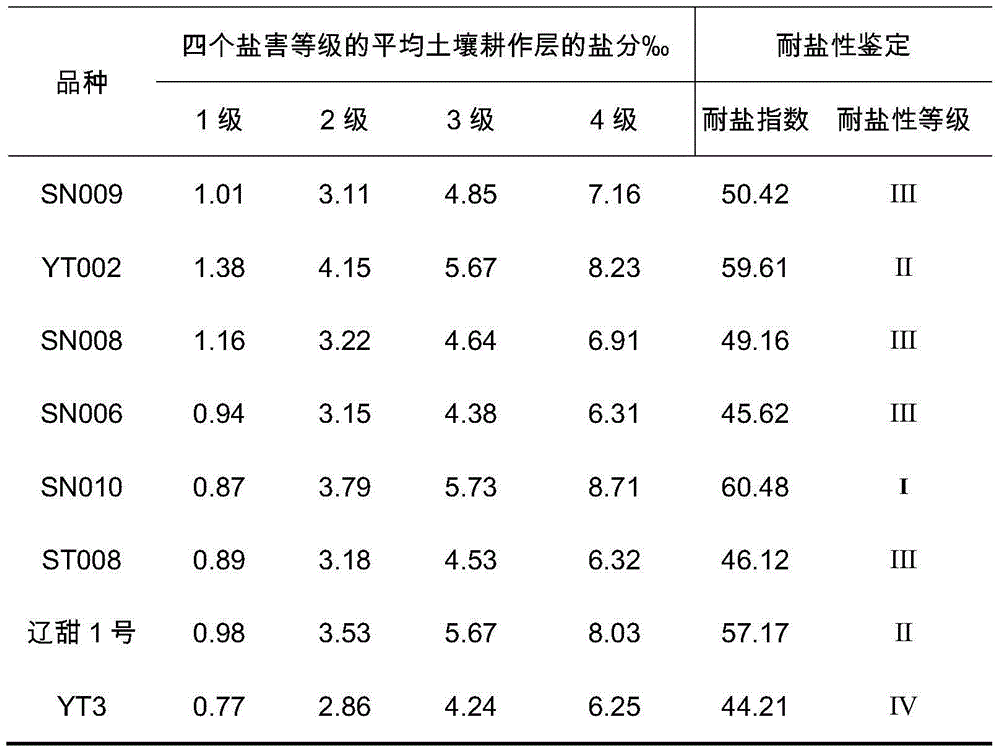Salt-tolerant sorgo germplasm identification method
A technology of sweet sorghum and germplasm, applied in the field of agriculture, can solve problems such as uneven soil desalination
- Summary
- Abstract
- Description
- Claims
- Application Information
AI Technical Summary
Problems solved by technology
Method used
Image
Examples
specific Embodiment approach ( 2
[0037] (1) Selection of plots. In 2013, the salt-affected land along the beach in Guanyun, Lianyungang, was selected according to the degree of vegetation salt damage. Fields with a large salt damage gradient were selected, and 10-40m was divided according to the degree of salt damage. 2 There are several plots of different sizes. Checkerboard sampling is used for the divided plots. Each point is sampled at an interval of 50cm. The soil salinity meter is used to measure the salinity at each point 5cm, 10cm, 15cm, and 20cm of the soil cultivation layer. According to the average salinity of each point measured in the soil cultivation layer, it is divided into light salinity: the average salinity of each point of the plot is less than 3.0‰; medium salinity: the average salt of each point of the plot is between 3.0‰ and 6.0‰; Heavy salinity: There are three types of the average salinity of each point of the plot> 6.0‰.
[0038] Sweet sorghum varieties to be identified: SN006, SN008, ...
PUM
 Login to View More
Login to View More Abstract
Description
Claims
Application Information
 Login to View More
Login to View More - R&D
- Intellectual Property
- Life Sciences
- Materials
- Tech Scout
- Unparalleled Data Quality
- Higher Quality Content
- 60% Fewer Hallucinations
Browse by: Latest US Patents, China's latest patents, Technical Efficacy Thesaurus, Application Domain, Technology Topic, Popular Technical Reports.
© 2025 PatSnap. All rights reserved.Legal|Privacy policy|Modern Slavery Act Transparency Statement|Sitemap|About US| Contact US: help@patsnap.com



